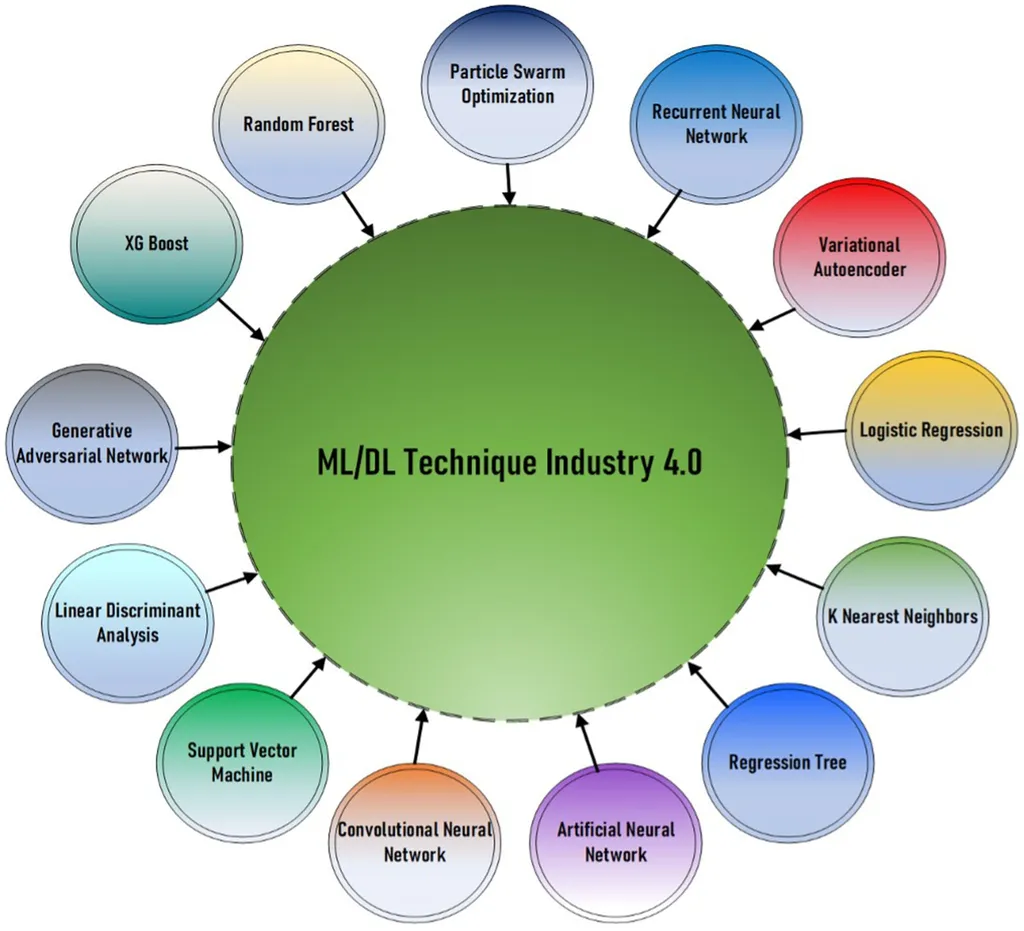In the ever-evolving landscape of construction safety, a groundbreaking study led by Abbey Dale Abellanosa from the University of Alberta’s Department of Civil & Environmental Engineering is set to revolutionize how job hazard analyses (JHAs) are conducted. Published in the Journal of Safety and Sustainability (translated as “Journal of Safety and Sustainability”), this research integrates knowledge management and large language models (LLMs) to enhance construction safety practices, with significant implications for the energy sector.
Traditionally, JHAs have been manual, subjective, and heavily reliant on tacit knowledge, often leading to inconsistencies and potential oversights. Abellanosa’s systematic review, which examined 90 peer-reviewed studies, sheds light on how digital technologies and knowledge management strategies are converging to address these longstanding issues. “By embedding institutional knowledge into LLM-supported construction safety knowledge management (CSKM), we can develop safer, more adaptive, and ultimately more sustainable construction practices,” Abellanosa explains.
The study highlights the role of interoperable and semantic technologies such as Building Information Modeling (BIM), ontologies, knowledge graphs (KGs), and semantic reasoning in supporting JHAs. These technologies facilitate the acquisition, integration, and application of both tacit and explicit safety knowledge, making the JHA process more robust and reliable.
One of the most compelling aspects of this research is the proposed conceptual framework that outlines the potential integration of LLMs to automate and enhance JHA processes. This framework could significantly reduce the time and effort required to conduct thorough hazard analyses, allowing construction professionals to focus on other critical aspects of their projects.
For the energy sector, which often involves high-risk construction activities, the implications are substantial. Enhanced JHAs can lead to better risk management, reduced downtime, and improved overall safety, ultimately contributing to more efficient and sustainable energy projects. “The energy sector stands to benefit greatly from these advancements,” Abellanosa notes. “By leveraging LLMs and CSKM, we can create a safer working environment and ensure that critical infrastructure is built with the highest safety standards in mind.”
This research not only fills a critical gap in the literature but also paves the way for future developments in construction safety management. As digital technologies continue to evolve, the integration of LLMs and knowledge management strategies will likely become a cornerstone of modern construction practices, shaping the future of the industry.

